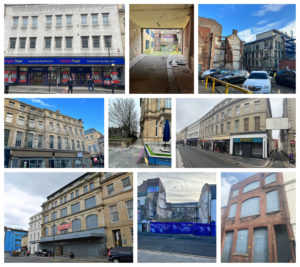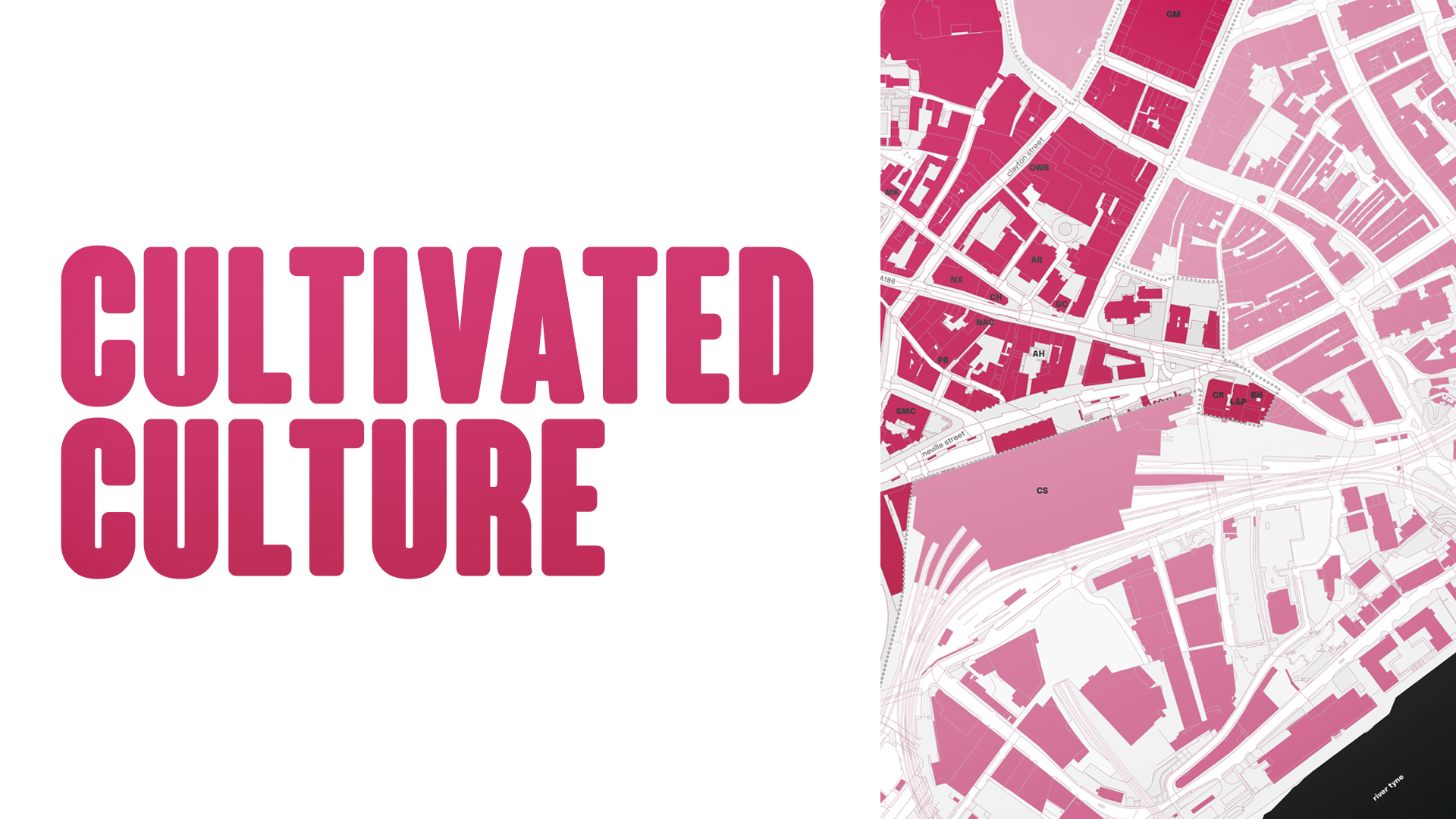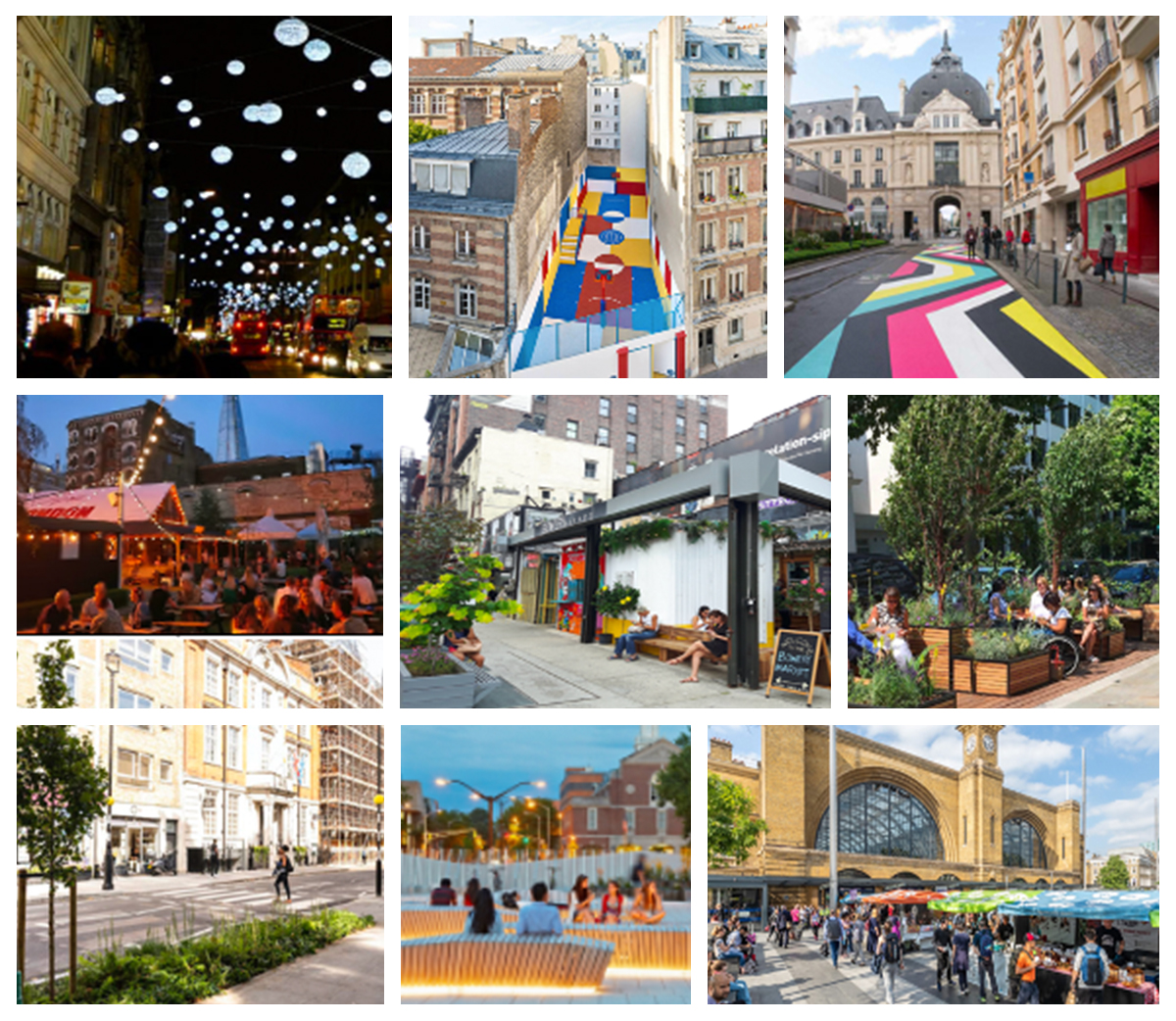Broadoak Director John Seager shares his thoughts…
Unless you enjoy a particularly dry kind of holiday, it’s unlikely that when you visit a new place you’ll be struck by its commercial property sector.
Naturally as I’m walking around a city I’ll notice where new development is happening, or how busy its economic centre feels, but the thing which tells you about a place is its cultural offer. These are the places that engage and draw you in, they’re the places that matter.
In the opening pages of his book ‘This Must Be The Place: How Music Can Make Your City Better’, the author Shain Shapiro talks about how cities like Austin and Nashville decided to sell themselves to the world as ‘music cities’.
It’s true that both of those cities have long, rich histories with the music industry, but the initial conditions there weren’t necessarily any different to anywhere else – what they did was take it seriously and embed it in broader policymaking.
You could substitute out music for any cultural or creative industries as these are the things which give places their identities, make them somewhere worth living and worth investing in.

Newcastle University and The RSA (The royal society for arts, manufactures and commerce) published research last year that underpins the investment case. It shows that creative industries are growing at 1.5x the rate of the wider economy, contributing £108 billion in GVA annually. And employment in these industries has grown at 5x the rate of the rest of the economy since 2011. Given those significant figures, it’s difficult to understand why the investment world is still treating the creative industries so tentatively.
Something I’m passionate about is understanding how investment in real estate can be truly impactful. So that the investment is used to deliver not just income return for investors, but actually help solve wider societal challenges.
When you broaden your aims out to include things like wellbeing, social value, inclusivity, job security or job creation as well as pure income, you get a much more exciting proposition, and you can start to think about the way assets are really being used.
Publicly owned land and buildings are a good place to start this, as their common ownership naturally takes in the “doing good” thought space. Local authorities often own multiple properties across their patches – everything from homes, to old schools, to leisure centres, libraries and offices. Many of those already serve important roles as civic and community hubs, but there’s also huge untapped potential in these assets.
By focusing investment and the use of existing assets, it’s possible for local authorities to create thriving communities of creative and cultural practitioners with spaces which suit their needs and encourage them to work together.
Creative Central Newcastle is the city’s emerging creative and cultural zone, centred around Clayton Street and extending across much of the city centre. It is a prime example of a combined approach of putting culture and community building at the heart of urban regeneration.
The sad fact is that many property owners have a narrow myopic approach to property ownership – get a tenant in and take the return with little or no thought to future value or heritage preservation. There’s very little aptitude within the investors or their advisors to look outside of that field to see where added values might lie – hence the continued existence of vacant or under used spaces and deteriorating buildings. And yet there are many creative and cultural organisations who could make fantastic, income producing use of these spaces.
I’ve been fortunate to work directly with various organisations in the creative sector. What’s particularly interesting is that, in working with these organisations, I’ve learnt so much about different approaches to tackling problems. They are used to spinning many plates to make their visions become reality. And their scope of vision tends to be much wider reaching.
Take New Writing North – who support the development of writing talent across the North, and have done for nearly 30 years. They are aiming to create a world-first Centre for Writing and Publishing in Newcastle. It has broad aims, including content creation across writing for books, film, TV and digital, enhancing people’s skills and employment prospects, tackling loneliness, bringing communities together, and shining a light on talent from the region so that Newcastle takes its place nationally as a centre of excellence for writing.
As an organisation that has grown their work and influence through working in partnership with others across a broad spectrum of industry, they are very focussed on drawing partners to their vision through strong storytelling. Being able to tell a story about what the centre will enable and change, has been fundamental to getting the region behind it as an idea. It’s underpinned by a sustainable business model that will also add value to the surrounding area.
I’ve also had the pleasure of working with Boho Arts as they explore how to create a new inclusive creative arts venue in Newcastle. They’ve relied on crowdfunding, grants and the generosity of specialists to get the ball rolling, but there’s huge potential for the space they’ve identified in a former wholesalers in the centre of the city.
What is so obvious is that both venues, once delivered, will bring so much to the city in terms of vitality and social economic value, they will be transformative for the areas around them, and yet we’ve had to work incredibly hard to unlock finances to make progress.
That shouldn’t be the case, and the argument for action is clear. The difficulty is that it requires huge collaboration and innovative thinking around how that investment can be funded, particularly how we can attract large scale private sector investment, to become a reality.
The search for funding shouldn’t come with the immediate thought of the need for philanthropy or cultural grants, Andy Haldane, CEO of The RSA, has been talking recently about creating Urban Wealth Funds. Something like that, delivered correctly for the North East could be a huge opportunity to unlock the potential of the region whilst also creating an investment fund that delivers financial and social returns for its citizens.
The RSA recently published a report on Northern England’s creative industries, which found the sector accounts for 3% of GVA in the North, compared to 10% in London and the South East.
Growing the sector’s contribution to just half that of London would result in a boost of £10 billion to the North’s economy annually.
It’s an internationally focused industry too, but one which is under-utilised.
In the North East, we have around 3% of total UK Foreign Direct Investment (FDI), but just 1% of creative industry FDI.
Unlocking that potential will require us to do what Shain Shapiro talks about and consider “how music impacts building codes, zoning, education, climate action or citywide strategic planning, recruiting and retaining talent and workers, the granting of planning permission or tourism and marketing plans”.
These are all areas that, as property and place professionals, we should be the experts in. And we need to take it upon ourselves to be at the forefront, spotting the chance to achieve multiple aims whenever we can, and making sure we use our understanding of the stakeholders and places we work in to bring the right people together and unlock the potential.


